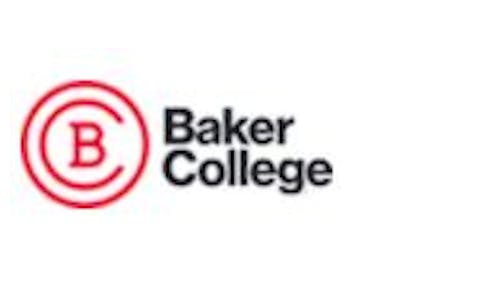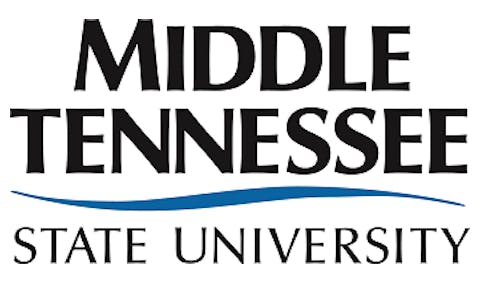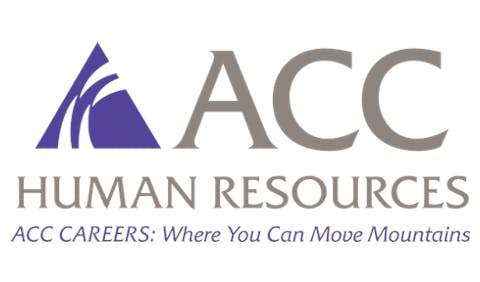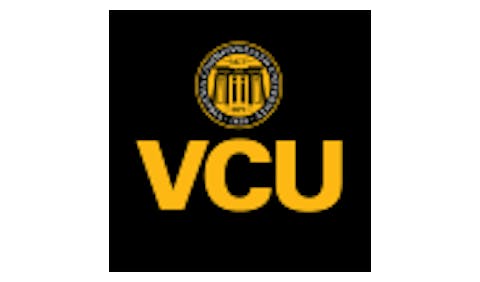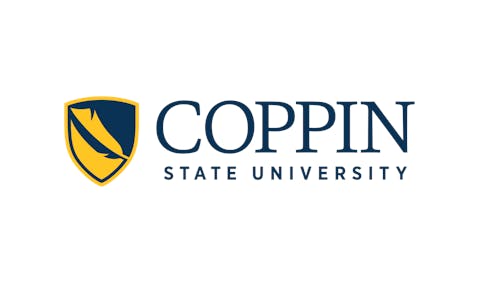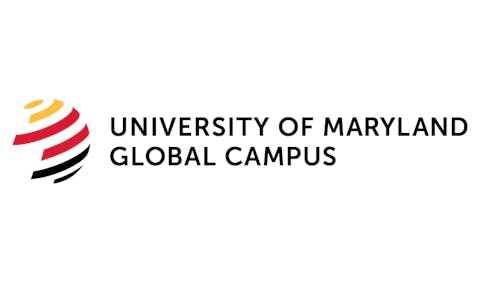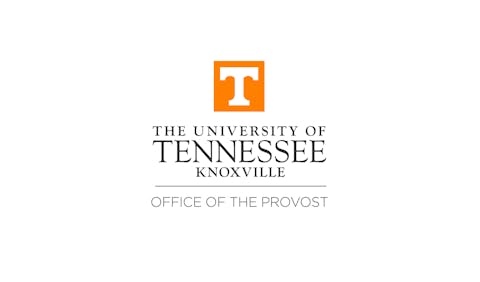Educators contemplate the appropriate use of technology in the postsecondary environment
While most of today’s students, are eager to use technology, many
faculty members approach it with tepid enthusiasm. Some professors
still prefer ink and paper to a keyboard and screen.
The new technology “requires really a cultural change on the part
of faculty and staff,” says Dr. Roy McTarnaghan, president of Florida
Gulf Coast University. “For traditional institutions this is pretty
hard to do. A lot of folks are comfortable in the seventeenth century.”
However, much of the discomfort with technology held by many
scholars has nothing to do with the tools of the trade and more. It has
to do with the way those tools are used and what is being lost in the
process.
Clorice Thomas-Haysbert, an assistant professor for hospitality
programs at Howard University, see several dangers posed by the new
technology — not the least of which is the diminishing physical
contact between students and instructors.
Thomas-Haysbert worries that professors will have a harder time
discovering who the student really is, and what he or she is really
about, because there is no personal contact when classes are taught
over the Internet.
“Seeing a student every day is important. Some students have
different skills and needs that must be dealt with on a daily basis,”
she says.
Another key concern for Thomas-Haysbert is that too often students
raised in the age of the Internet do not question the information they
get online. Many of them, she says, do not realize that not all
information on the Internet is factual.
Thomas-Haysbert urges professors to take the time to teach students
how to discern between good and bad online information, and then help
them find where the most reliable resources are on the Internet.
Her concerns are shared by the faculty at Florida Gulf Coast
University, which was built as a testing ground for Internet-based
instruction.
FGCU faculty members say that teaching via the Internet — using
e-mail, chat rooms and other electronic means — is a demanding
proposition for professors.
“When you have twenty students emailing you all the time, it takes
a lot of work,” says Roy Boggs, an associate professor of
computer-information systems at FGCU. “Some professors find teaching
distance-learning courses to be an enormous amount of work, much more
than teaching in a classroom.”
And the workload isn’t the only faculty worry over the new so-called distance-learning techniques. Among the others:
* Some professors say they remain unconvinced of the method’s
effectiveness for some students — particularly younger, less motivated
ones. The reason, professors say, is that in distance-learning classes,
students often still do traditional text-based assignments, but discuss
the assignments via e-mail or electronic bulletin boards — usually
sending in comments at different times. That gives students greater
freedom to do lessons at their own pace. But for less disciplined
students, it can offer an invitation to fall behind, some professors
say.
* Faculty also caution that distance learning practices may be
ill-suited to courses that require hands-on training, such as some
health-care courses.
* Some professors worry that distance learning may be stealing
their control and ownership of their courses. In a traditional class,
the syllabus and lecture notes often are largely the professor’s
domain. But in distance learning, the software used is jointly produced
by the professors and university software designers. Such intermingling
of talents — particularly on university time — could mean that the
resulting product belongs to the institution.
Recent surveys of FGCU’s 170 full-time and 98 adjunct professors
brought home the concerns to administrators. In one of the surveys,
administered this spring to half the faculty, professors and other
instructors were asked whether they tended to agree or disagree with
various statements — including, “FGCU should offer more
distance-learning classes.” According to a university summary of the
results, 55 percent tended to disagree.
In response to another statement, “At FGCU, distance learning is an
effective alternative to traditional instruction,” 54 percent tended to
disagree.
But despite her reservations, Howard’s Thomas-Haysbert says that she tries to embrace new technology.
“If it is used correctly,” she says, “the students can learn more and better meet the specific needs of the classroom.”
Jason Bodie is a student intern. The Associated Press contributed to this report.
COPYRIGHT 1998 Cox, Matthews & Associates
© Copyright 2005 by DiverseEducation.com










